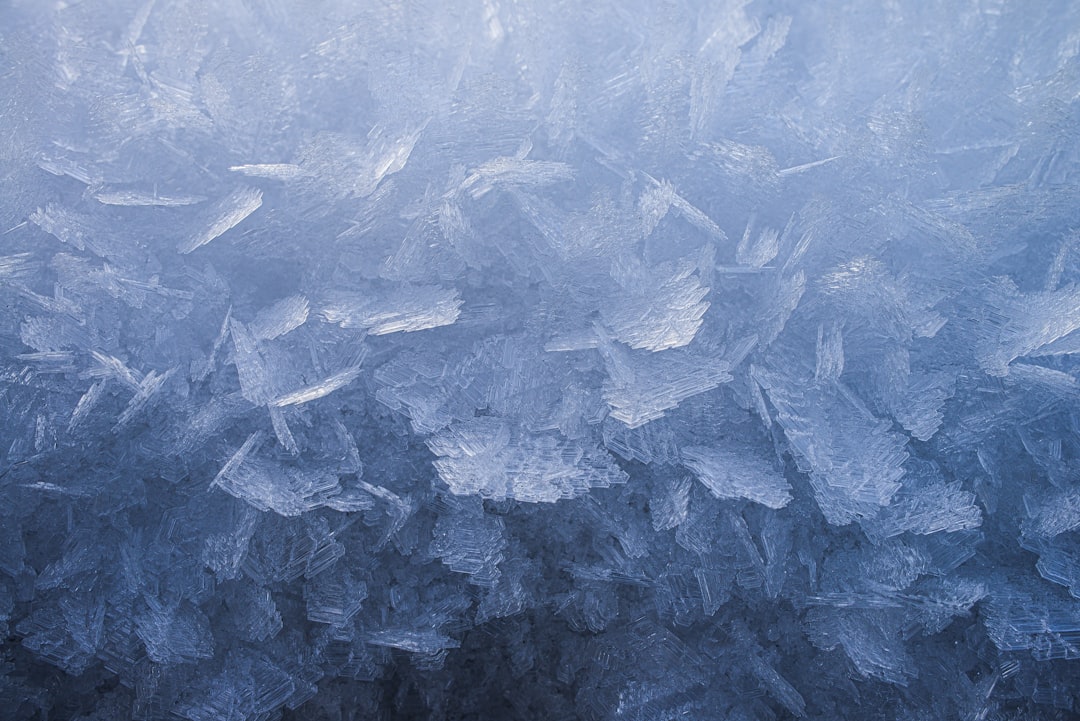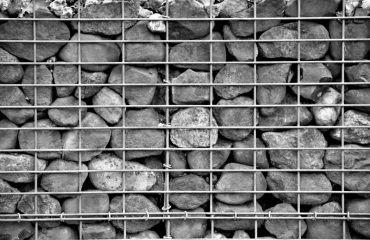body { font-family: sans-serif; line-height: 1.6; }
h1, h2, h3 { color: #333; }
img { max-width: 100%; height: auto; }
Galvanized steel, with its zinc coating, is a popular choice for a wide range of applications due to its exceptional corrosion resistance. But how does this robust material fare in the harsh conditions of cold climates? From icy winters to relentless snow, understanding the performance of galvanized products in freezing temperatures is crucial for ensuring longevity and safety. This comprehensive guide delves into the key aspects of galvanized steel’s performance in cold weather.
Corrosion Resistance in Sub-Zero Temperatures
One of the primary reasons for choosing galvanized steel is its superior corrosion resistance. The zinc coating acts as a sacrificial anode, protecting the underlying steel from rust and degradation. While this protection remains effective in cold climates, it’s important to note that the rate of corrosion can be influenced by factors such as the presence of de-icing salts and the frequency of freeze-thaw cycles. De-icing salts, commonly used on roads and walkways during winter, can accelerate corrosion if they come into prolonged contact with the galvanized surface. The repeated expansion and contraction of the metal during freeze-thaw cycles can also contribute to minor surface damage, potentially exposing the underlying steel. However, the zinc coating provides a significant buffer against these effects, offering substantially better protection than untreated steel. Regular inspection and cleaning, especially after winter, can further enhance the longevity of galvanized products in cold environments.
The Impact of Snow and Ice Removal
The methods used for snow and ice removal can significantly affect the condition of galvanized steel structures. Aggressive scraping or the use of heavy machinery can scratch the zinc coating, compromising its protective barrier. Similarly, the use of harsh chemicals in de-icing agents can accelerate corrosion at any exposed areas. Therefore, careful consideration should be given to snow and ice removal techniques. Gentle brushing or melting ice with warm water are preferable to methods that could damage the surface. If chemical de-icers are necessary, choosing less corrosive options and rinsing the galvanized surfaces afterwards can help mitigate potential damage.
Thermal Bridging and Heat Loss in Cold Climates
Galvanized steel, being a metal, has a higher thermal conductivity than many other building materials. This means that it can transfer heat more readily, leading to potential thermal bridging in cold climates. Thermal bridging occurs when heat escapes from a building through conductive materials like metal, resulting in increased energy consumption and potential cold spots within the structure. While galvanized steel is not as significant a thermal bridge as some other metals, it’s important to consider its thermal properties when designing buildings or structures in cold regions. Using appropriate insulation techniques and incorporating thermal breaks can effectively minimize heat loss through galvanized steel components.
Maintaining Galvanized Steel in Cold Environments
Regular maintenance is crucial for ensuring the long-term performance of galvanized steel in cold climates. This includes regular inspections to identify any signs of damage, such as scratches, rust spots, or areas of exposed steel. Cleaning the surface to remove dirt, debris, and corrosive salts is also essential. A simple water rinse is usually sufficient, but in areas with heavy salt usage, a more thorough cleaning may be necessary. For larger structures, professional inspections and maintenance should be scheduled periodically to ensure early detection and timely repair of any potential problems. Addressing minor issues promptly can prevent them from escalating into more significant and costly repairs down the line.
Choosing the Right Galvanization for Cold Climates
The thickness of the zinc coating plays a crucial role in its performance in cold environments. A thicker coating provides more protection against corrosion and the effects of de-icing salts and freeze-thaw cycles. Different galvanizing processes, such as hot-dip galvanizing and electro-galvanizing, offer varying levels of zinc coating thickness. Hot-dip galvanizing generally provides a thicker, more durable coating, making it a suitable choice for applications in harsh cold climates. When specifying galvanized steel for cold climate applications, it’s essential to consult with a qualified engineer or materials specialist to ensure the selection of a suitable coating thickness and galvanizing process to meet the specific requirements of the project and the expected environmental conditions.
In conclusion, galvanized steel remains a reliable and cost-effective material for a variety of applications even in the most challenging cold climates. By understanding its properties, implementing appropriate maintenance practices, and choosing the right galvanization process, you can ensure the longevity and performance of your galvanized steel products for years to come. Remember that proactive maintenance and careful consideration of environmental factors are key to maximizing the lifespan and effectiveness of galvanized steel in sub-zero temperatures.
SEO Tags:
galvanized steel, cold climate, corrosion resistance, winter maintenance, thermal bridging




